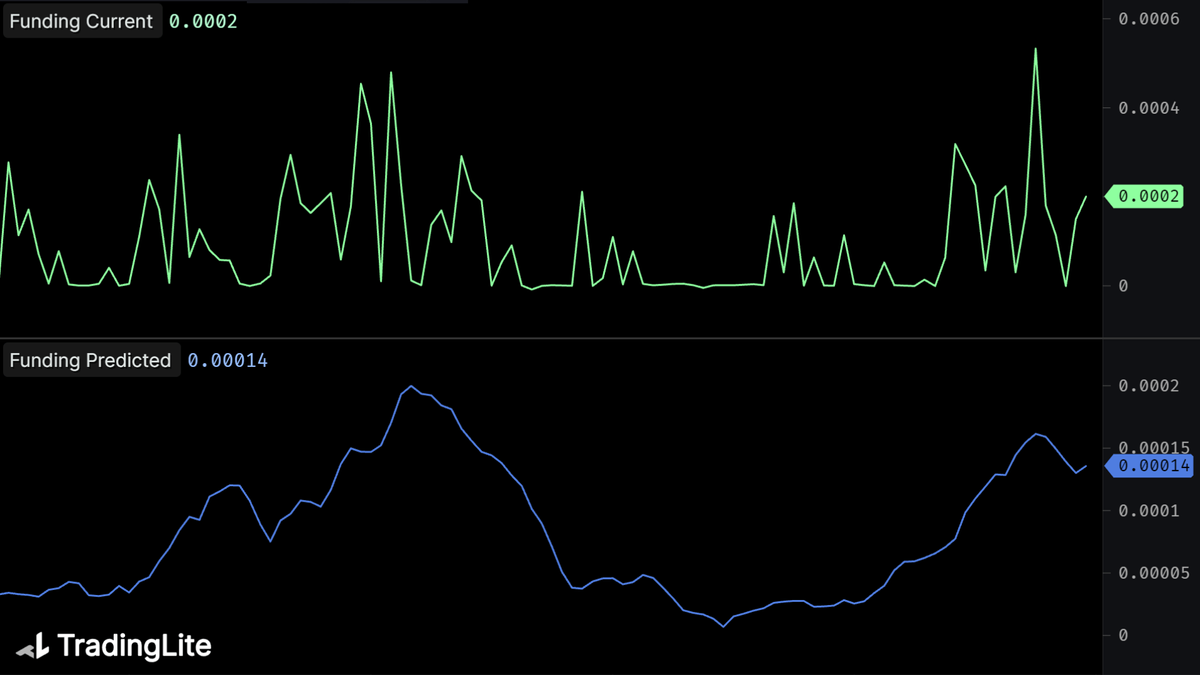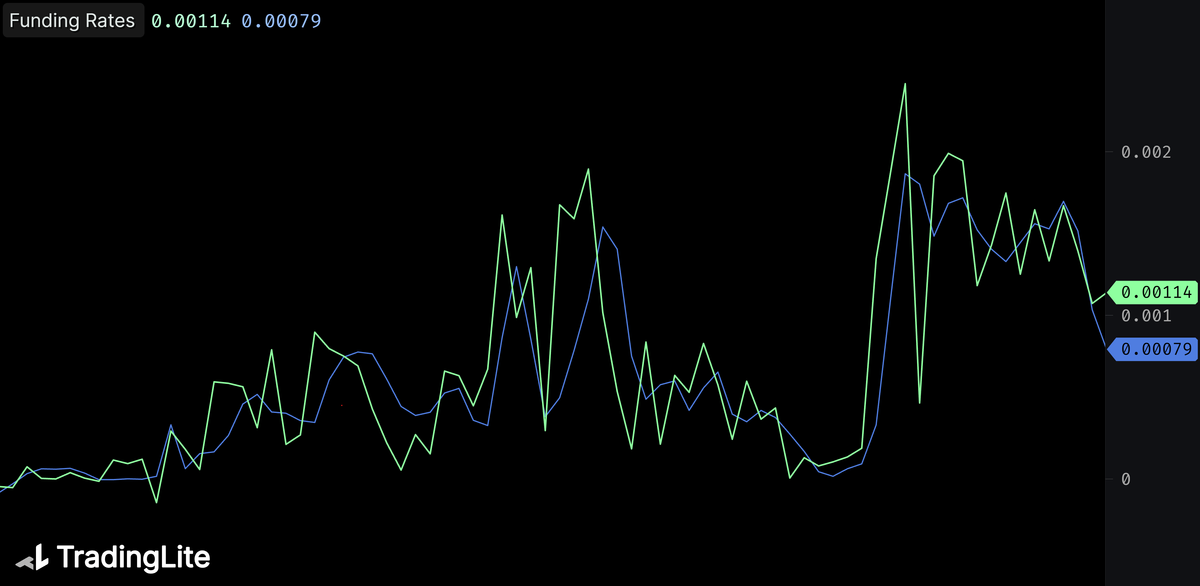Introduction to Funding Rates
Traditional Futures Contracts
Traditional futures contracts have a fixed date of expiry. The futures contract price will be often trade at a premium or discount to the underlying asset. However as the expiry date nears, the spread between the contract and the underlying will reduce. At expiry, the contract is settled using the spot price. This results in the contract price always equalling the underlying asset at the time of expiry itself.
Perpetual Swap Contracts
Perpetual swap contracts, inherently do not have an expiry date. Therefore a mechanism is required to ensure that the price of the contract remains close an index price of the underlying asset. To achieve this, a Funding Rate is charged between market participants holding opposing positions.
Funding Rate
Expressed as a percentage, the Funding Rate is updated in real-time to reflect the difference between the contract's price, and the underlying.
If the perpetual swap contract is trading below the underlying index price, the funding rate will be negative. Long positions will receive funding payments from short positions, in an attempt to raise price closer to the index.
Equally, if the perpetual swap contract is trading above the underlying index price, the funding rate will be positive. Short positions will receive funding payments from long positions, in an attempt to supress price towards the index.
If the Funding Rate is positive, Longs pay Shorts.
If the Funding Rate is negative, Short pay Longs.
Traders holding open positions during these funding exchange periods, will either pay, or receive, a funding payment from counterparties holding opposing positions. The notional value of a trader's open position is multiplied by the funding rate, to determine the funding payment paid, or received.
Funding Rate Frequency
The frequency or intervals in which funding is exchanged between counterparties varies between trading venues. Whilst some use a real-time calculation, with funding being exchanged every few seconds, other venues will exercise funding at regular set intervals (usually every 4 to 8 hours).
Predicted Funding Rate
Some exchanges also publish an expected or 'Predicted' funding rate. This is an exchange's estimation of the possible future rate charged given the current market conditions.
Activating Funding Rates Indicators
The official Funding Rates Indicators can be added to your chart by navigating to:
Indicators > Official Indicators > then either:
Funding Current
Funding Predicted
Be default, a new pane will be appended to your chart, with your chosen Funding Rate Indicator now displayed as a line plot.

Overlaying Funding Rates
As with any layer on TradingLite, you are able to merger and overlay within panes.
Merging the Current and Predicted Funding Rates can be achieved by dragging a layer from one pane, to another.

Funding Rates Settings
Upon activating the Funding Rates indicator, you will be able to configure the following styling preferences:
Color
Color & Transparency
Line Thickness
Weight in pixels
Line Mode
Smooth
Stepped
Funding Rates Considerations
Funding Mechanism Differences
All exchanges share the same objective of ensuring a perpetual contract’s price remains as close to a spot index of the underlying. Although they all achieve this via a Funding Rate mechanism, the timing, frequency and ultimately method, in which funding rates are both calculated and then subsequently applied to open positions, can vary between trading venues. You should view the contract's specification/details to determine both calculation & funding intervals.
Spot Markets
Funding Rates is only applicable within perpetual futures markets.
Funding Rates does not exist traditional futures markets with a set expiry date, nor does it exist within spot markets.
Predicted Funding Rates
Predicted Funding Rates are not provided by all exchanges. If predicted funding does not change, or has printed 0 values, it is highly likely that Predicted Funding Rates are not supported by the exchange themselves.
Other Futures Indicators
TradingLite provides the full range of derivative data data points available via our Official Indicators. These includes Open Interest, Mark Price, Liquidations.
Open Interest
Mark Price
Liquidations
Was this page helpful?